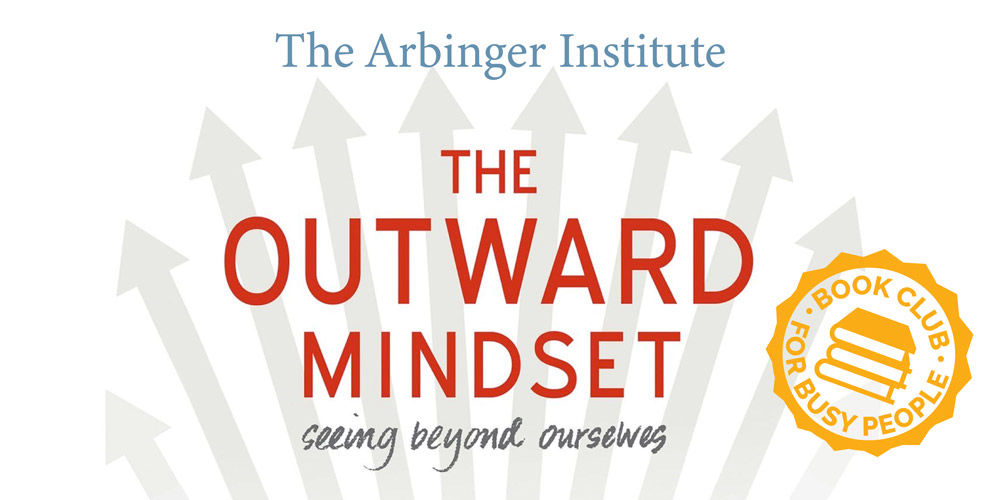hen problems in the workplace arise, it’s easy to blame external circumstances outside of our control. If only my boss didn’t ask so much of me. If only my co-worker helped a little more. If only this part of my day were better, I could actually do my job.
What these typical complaints avoid, The Outward Mindset argues, is actually the key to business success: an outward-focused approach that drives and shapes how we engage with others and how we behave in every aspect of our lives. Modifying our behavior is one thing—but our mindset informs and shapes our behavior.
Changing our mindset takes real work, though. The Outward Mindset recommends three foundational steps represented by the metaphor SAM:
- See the needs, objectives, and challenges of others
- Adjust your efforts to be more helpful of others
- Measure the impact of your work on others
Translating SAM into Action
The Outward Mindset works across a multitude of industries, but it applies particularly well to health care. When we see patients as people instead of numbers or objects, it becomes easier to understand their needs and desires. When we work to understand our colleagues and the day-to-day challenges they face, it becomes easier for everyone to feel invested in the organization. “Inward mindset organizations do things,” the book says. “Outward-mindset organizations help others to be able to do things.”
Below are a few more of The Outward Mindset’s main points, all of which can be applied on an individual or group level to enact meaningful change.
1. Humility is all-important
Successful leaders are humble enough to see beyond themselves and perceive the true capacities and capabilities of their people. Consider statements like “Tell me more” and “I’m here to help” that place both parties on equal footing.
2. Engage in behaviors that advance a collective result
When Alan Mulally was hired by Ford just before the Great Recession of 2008, he tasked all of his employees to ask, “Who can help with that?” when a problem arose. That helped everyone focus on the success of the whole, not just their individual impact.
3. Eliminate unnecessary distinctions that create distance between yourself and others
The Outward Mindset breaks down the “trappings of difference”: layers of privilege that separate leaders and employees. Those who are willing to collapse those distinctions in favor of a “we are in this together” mentality can create an environment where mindset change is significantly more likely to succeed.
4. Don’t wait for others to change
The toughest place from which to operate is one where inward mindset people are waiting on someone else to begin thinking more outwardly. Once one person takes the plunge, however, the positive results can cascade. According to the Arbinger Institute, effecting change by shifting mindsets produces four times the level of success than those who focus only on changing behavior.
On one hand, the attitudes outlined in The Outward Mindset might seem like common sense—a modern reinterpretation of the Golden Rule. On the other, truly seeing the objectives and challenges of others, adjusting your own efforts to be more helpful, and measuring the impact of your work on others requires significant time and effort. The work is worthwhile, though. As the dedication page of The Outward Mindset says, quoting author G.K. Chesterton, “How much larger your life would be if your self could become smaller in it.”
Nick McGregor
Continually speaking up is one of the most challenging things an employee does, and making it safe to speak up takes consistent supportive leadership. Members of the patient support services team share how to empower employees to highlight issues and provide solutions.
We all make lots of mistakes early on in our careers. Hospitalist and mentorship expert Valerie Vaughn sets us up for success by sharing her expertise on how to take control of your long-term career path.
Hospitalist Ryan Murphy reflects on the care his dad received as one of Utah’s first hospitalized COVID-19 patients. The experience shaped how he communicates with patients—whether or not they have COVID—in spite of isolation, masks, and physical distancing.
